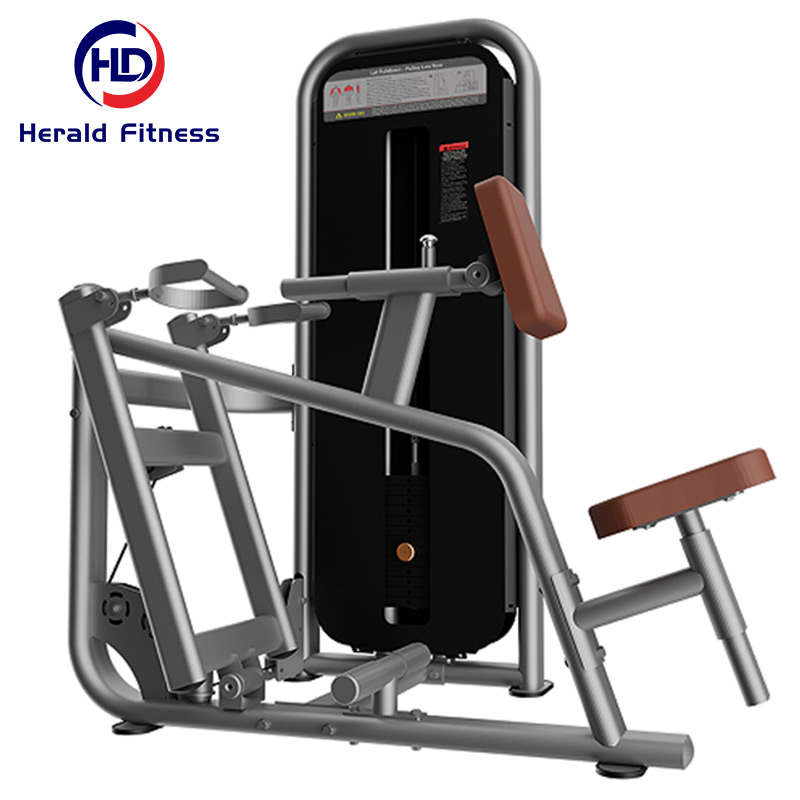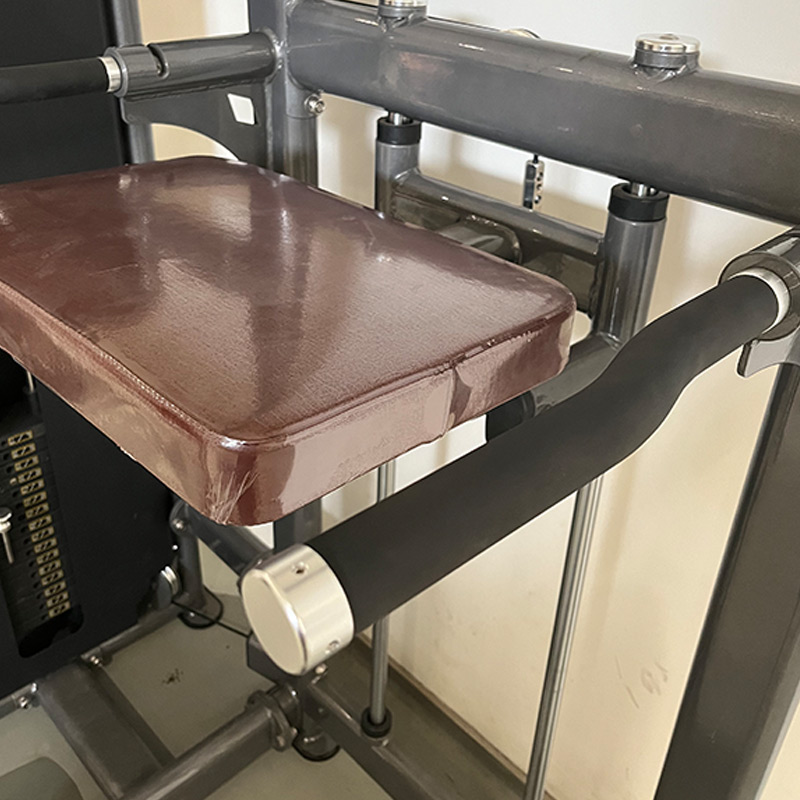A vertical row, also known as an upright row, is a strength training exercise that primarily targets the muscles of the shoulders and upper back, particularly the deltoids, trapezius, and rhomboids. It can be performed with various equipment, such as barbells, dumbbells, or a cable machine.
How to Perform a Vertical Row
- Starting Position:
- Equipment: Use a barbell, dumbbells, or a cable machine with an appropriate attachment.
- Stance: Stand with your feet shoulder-width apart, holding the weight in front of your thighs with an overhand grip (palms facing your body). Your hands should be closer than shoulder-width apart.
- Posture: Keep your back straight, core engaged, and shoulders relaxed.
- Lifting Phase:
- Raise the Weight: Lift the weight vertically by pulling your elbows up and out to the sides. The weight should stay close to your body as you lift it.
- Elbows Higher Than Hands: Continue to lift until your elbows are at shoulder height or slightly higher, and the weight is at chest level.
- Keep the Movement Controlled: Ensure that the movement is smooth and controlled, avoiding any jerking or swinging motions.
- Lowering Phase:
- Return to Start: Slowly lower the weight back to the starting position, maintaining control and keeping your core engaged.
- Repeat: Perform the desired number of repetitions.
Tips for a Safe and Effective Vertical Row
- Grip Width: Adjust your grip width to what feels comfortable and natural. A narrower grip targets the trapezius more, while a slightly wider grip can engage the deltoids more.
- Elbow Position: Focus on lifting with your elbows rather than your hands to properly engage the target muscles.
- Avoid Overextension: Do not lift the weight too high, as this can cause strain on the shoulder joints.
- Breathing: Exhale as you lift the weight and inhale as you lower it.
- Warm Up: Always warm up your shoulders and upper back with dynamic stretches or lighter weights before performing vertical rows to prevent injury.
Vertical rows are effective for building strength and muscle mass in the upper body, improving shoulder stability, and enhancing overall upper body aesthetics.





















































Reviews
There are no reviews yet.